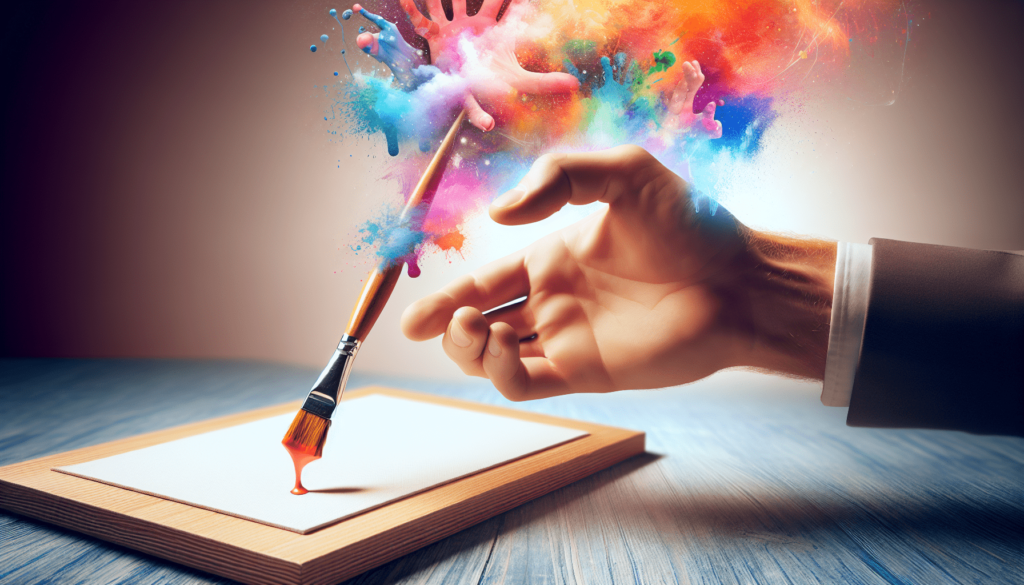In the world of art and creativity, the tools you use can drastically influence the outcome of your masterpiece. This article tackles the intriguing topic of painting with a wet brush–a technique that can spark controversy among artists. It explores the advantages and disadvantages of wet brush painting, as well as provides tips and tricks to effectively wield this technique. Whether you’re a seasoned artist seeking to experiment with your craft, or a beginner endeavouring to expand your skill set, this comprehensive guide will illuminate the potential of painting with a wet brush. The knowledge and insights shared here will prove beneficial in your journey toward artistic excellence.
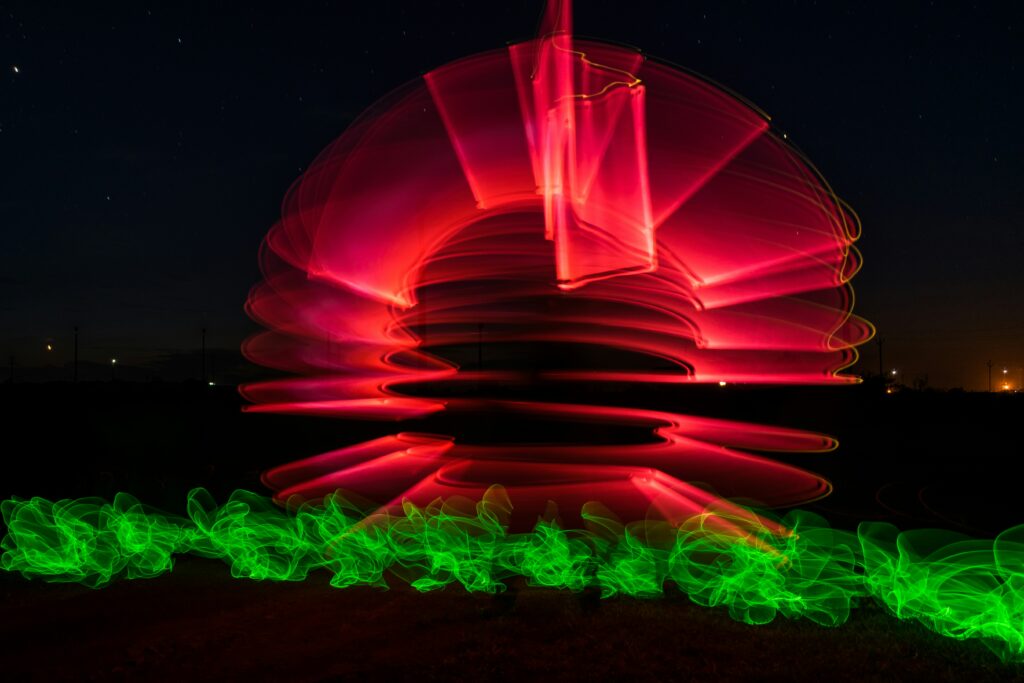
Benefits of Using a Wet Brush for Painting
In the world of painting, a wet brush is an essential tool that offers several advantages to artists. Many painters find that using a wet brush can significantly enhance their artwork, providing unique effects and an overall better application process. Let’s dive into some of the benefits associated with wet brush painting.
Enhanced Blending and Mixing
One of the main perks of using a wet brush is its capacity to aid in blending and mixing colors effectively. When the brush is wet, it allows for seamless blending of colors on your palette and canvas creating a smooth transition and gradient between colors. This opens up opportunities for you to create new color combinations and tonal ranges, enhancing the depth and complexity of your artwork.
Smooth and Even Application
With a wet brush, applying paint becomes smoother and more even. The moisture in the brush helps to spread the paint freely over your painting surface, creating even layers and minimizing brush marks. This results in a polished, high-quality finish that is hard to achieve with a dry brush.
Versatile Brushstrokes
A wet brush offers versatility in terms of the type of brush strokes you can create. Depending on the amount of water in the brush and the pressure you apply, you can achieve thin, transparent strokes or broad, opaque strokes. This flexibility allows you to inject more creativity and variety into your artwork.
Techniques for Painting with a Wet Brush
Having a wet brush in your toolbox is only half of the story. It is equally important to master the proper techniques to fully harness the advantages it offers. Here are some popular techniques used in wet brush painting:
Wet-on-Wet Technique
Wet-on-wet or “alla prima” is a painting technique in which layers of wet paint are applied onto previous still wet layers. This technique is beneficial for creating beautiful color gradients and diffused, ethereal effects in your artwork.
Wet-on-Dry Technique
As the name suggests, the wet-on-dry technique involves applying wet paint onto a dry surface or layer of paint. This technique offers more control over your brush strokes, making it ideal for detailed work or when you want distinct edges in your artwork.
Wet-in-Wet Technique
Similar to the wet-on-wet technique, the wet-in-wet method involves applying wet paint onto an already wet surface. However, it differs in that the entire painting surface is wet before the painting process begins. This technique is favored by watercolor artists because it allows the colors to flow and blend freely on the canvas.
Choosing the Right Paints for Wet Brush Painting
The type of paint you use plays a critical role in the outcome of your wet brush painting. Each type of paint has unique properties that interact differently with the wet brush technique.
Acrylic Paints
Acrylic paints are versatile and are often favored for their quick drying times. When used with a wet brush, they create a smooth, vibrant, and durable finish. Using a wet brush can also help to extend the drying time of acrylic paints, allowing for more blending and working time.
Watercolors
Watercolors are the most common choice for wet brush painting. Their translucent nature beautifully complements the wet-on-wet and wet-in-wet techniques, enabling artists to create soft color transitions and stunning gradients.
Oil Paints
Oil paints paired with a wet brush can provide a rich, intense color payoff. The slow drying time of oil paints is ideal for wet brush techniques as it gives you ample time to tweak and blend your colors to perfection.
Preparing Your Brush for Wet Painting
Before diving into wet brush painting, it is important to properly prepare your brush to ensure optimal performance.
Cleaning and Moistening the Brush
Start by thoroughly cleaning your brush to remove any residual paint or debris. This can be done using a brush cleaning solution or warm soapy water, depending on the type of paint the brush has been used with. Once clean, dampen the brush in water. Be sure to remove excess water to avoid overly diluting your paint.
Adjusting the Brush’s Moisture Level
Adjusting the moisture level in your brush is crucial for different painting techniques. For the wet-on-wet method, the brush should be fairly wet; for the wet-on-dry technique, slightly damp. Control the moisture level by dabbing your brush on a paper towel to remove excess water as needed.
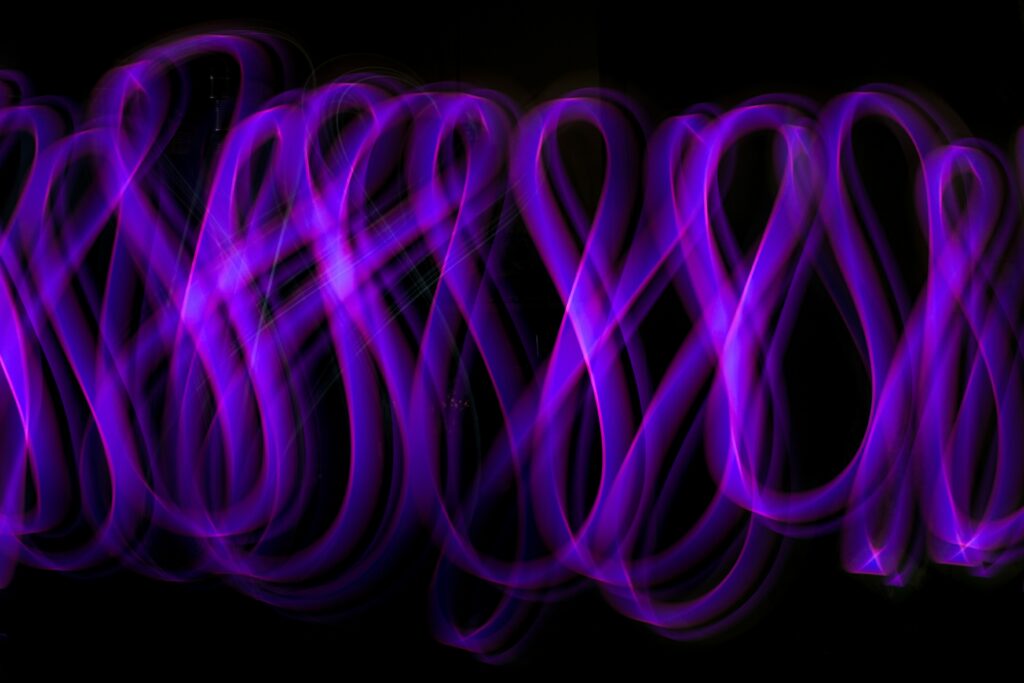
Tips for Effective Wet Brush Painting
It’s one thing to understand the process of wet brush painting, but implementing it effectively is another task altogether. Here are handy tips to guide you:
Start with Light Colors
It is advisable to start with lighter colors when engaging in wet brush painting. Light colors can be easily covered by darker hues, but the reverse is not true.
Layering Techniques
Layering involves applying one color on top of another to create depth and dimension. Be sure to allow each layer to dry fully before applying the next to prevent unwanted color mixing.
Blending and Feathering
These are techniques used to smoothly transition from one color to another. They are especially effective when using a wet brush, as the moisture helps to meld the colors together more effortlessly.
Working with Large Areas
When working with large areas, always keep a part of your painting wet to maintain smooth color transitions and avoid visible brush strokes.
Utilizing the Wet Edge
Try to keep a “wet edge” when using a wet brush. This means you should always be working into a wet area of your painting, which will help to create smooth, seamless transitions.
Avoiding Overworking
It’s important not to overwork the paint when using a wet brush. Overworking can cause muddiness and obscure the details of your artwork. Apply the paint, blend as needed, then leave it to dry.
Common Mistakes to Avoid with Wet Brush Painting
Wet brush painting has its pitfalls. Here are some common mistakes to avoid to ensure your art project goes as smoothly as possible:
Not Adjusting Moisture Level
Failing to adjust the brush’s moisture level can lead to undesirable effects, such as overly diluted paint or harsh brush strokes. Always adjust the wetness of your brush according to the technique you’re using.
Using Incompatible Paints
Not all paints work well with wet brush painting. Some paints, such as gouache or enamel, might not respond well to extra moisture. Always test your paint beforehand to see how it behaves with a wet brush.
Overworking the Paint
As mentioned before, overworking the paint can result in a muddy, messy appearance. Always apply the paint with intention and avoid unnecessary brushing.
Using Excessive Pressure
Using too much pressure can lead to rough brush strokes and even damage the bristles of your brush. Use a gentle hand when applying paint with a wet brush.
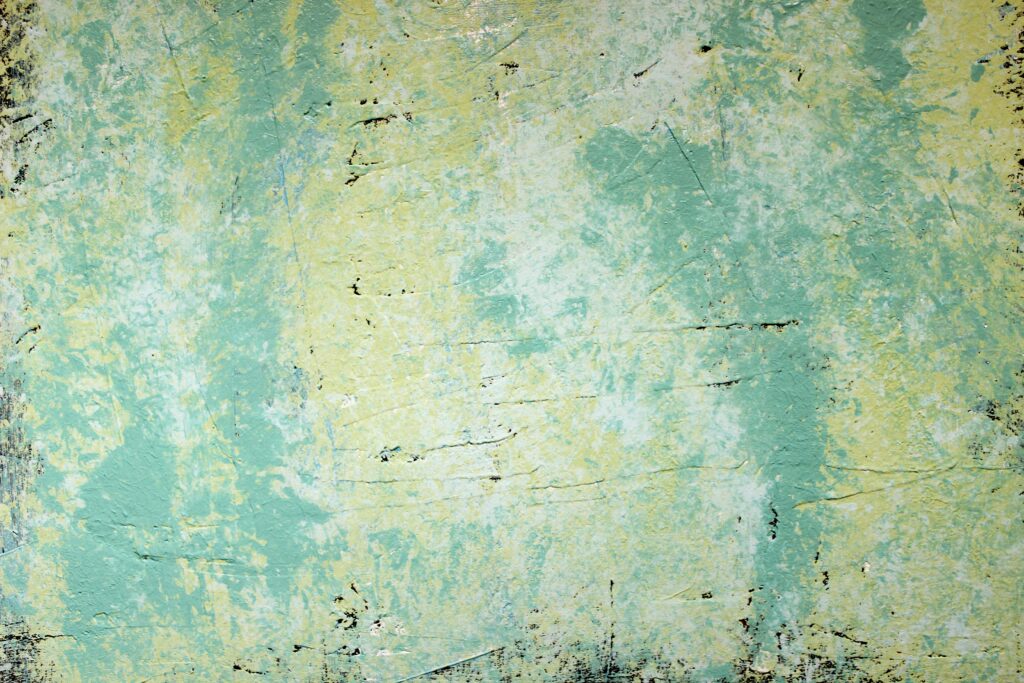
Exploring Different Painting Surfaces with a Wet Brush
The surface you choose to paint on can greatly influence the results of your artwork.
Canvas
A canvas is a classic choice for many painters. When prepped appropriately, it can hold up very well to the moisture from a wet brush and create brilliant color displays.
Paper
Paper, especially watercolor paper, is another suitable surface for wet brush painting. It absorbs the moisture well, making it great for watercolor techniques.
Wood
Wood is a less common, but equally effective painting surface for wet brush painting. It is sturdy and can withstand the moisture from a wet brush, providing a unique texture to your artwork.
Metal
While it might not be the first choice for many, metal can also serve as an interesting surface for wet brush painting. It is typically less absorbent, offering a slick and glossy finish.
Experimenting with Wet Brush Effects
Working with a wet brush can offer many opportunities for creating various effects. Here are a few you can try:
Washes and Gradients
Using wet brush painting techniques, you can create soft washes and seamless gradients. Adding varying amounts of water can further enhance these effects.
Textured Effects
You can experiment with different amounts of paint and water to create a range of textured effects. This can add a unique dimension to your artwork.
Creating Soft Transitions
The use of a wet brush is ideal for creating soft transitions between colors. The extra moisture helps the colors to blend more seamlessly.
Impasto Technique
Although it’s commonly associated with thick, heavy brush strokes, a wet brush can also be used to achieve the impasto technique, where the paint is applied in thick layers to create a textured, three-dimensional effect.
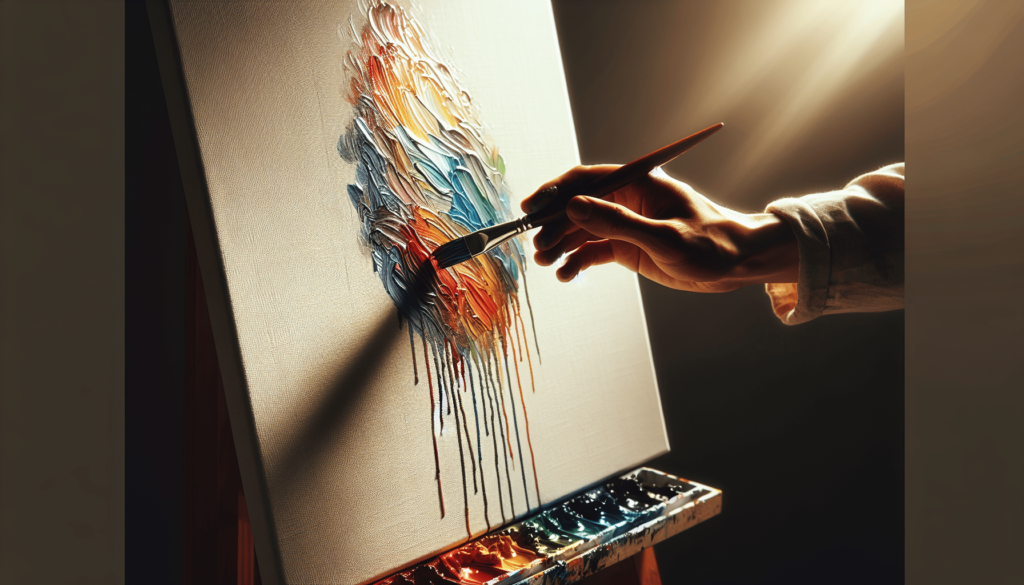
Taking Care of Your Wet Brushes
Proper maintenance of your brushes will prolong their lifespan and ensure they continue to perform optimally.
Proper Cleaning and Drying
At the end of each painting session, clean your brushes thoroughly to remove all traces of paint, and leave them to dry in a horizontal position to avoid deforming the bristles.
Storing Brushes
Brushes should be stored either flat or upright with the bristles pointing upwards. This prevents damage to the brush tips and keeps them in good condition for future use.
Conclusion
Mastering wet brush painting requires some practice and patience, but the results can be truly rewarding. By understanding the benefits, techniques, and best practices of wet brush painting you can transform your artwork into a visually striking masterpiece. So grab your paint, wet your brush, and let your creativity flow.
